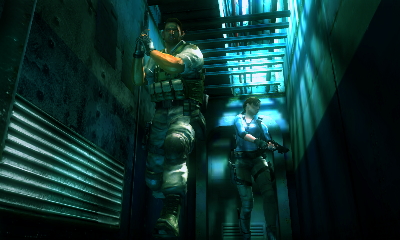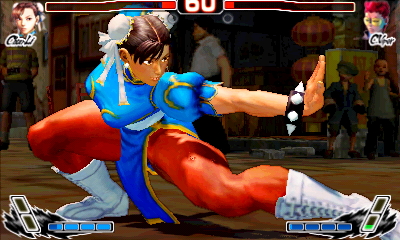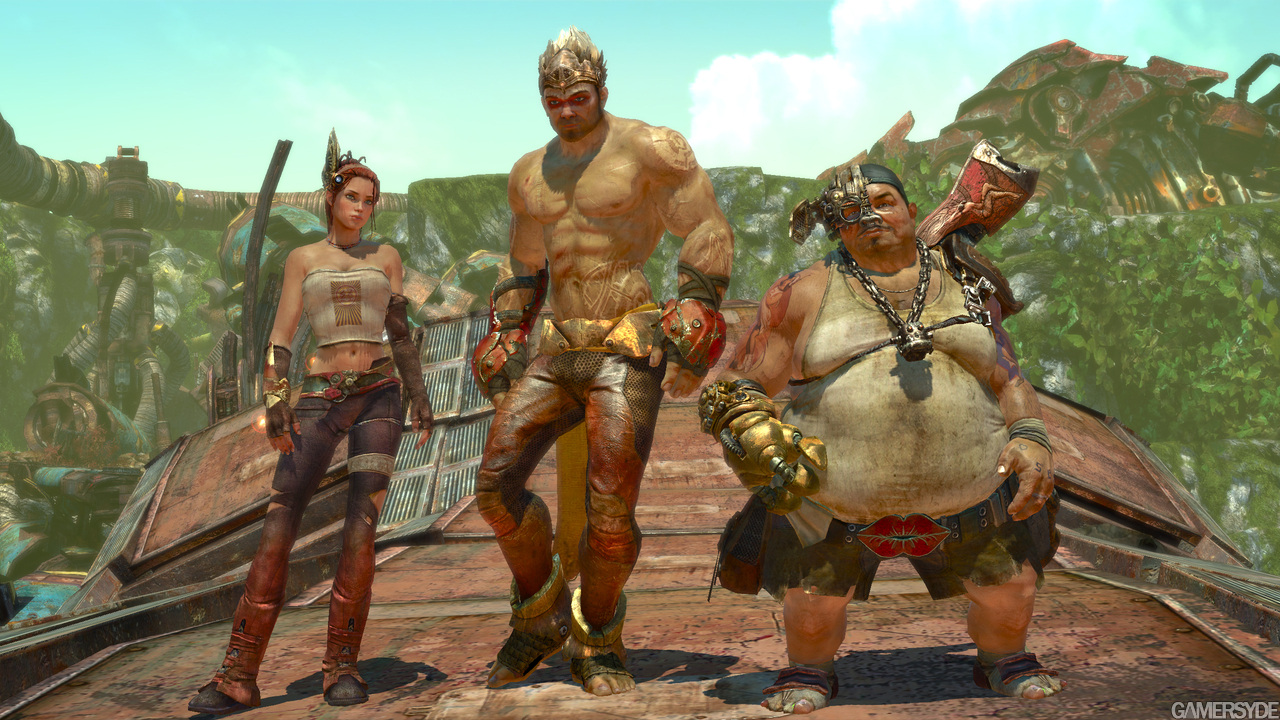It’s been five years since the release of the Sony PSP in North America. It'll be six years come March, 24 2011. There have been 3 hardware revisions since the release of the handheld and most of have been for the better. One can argue that the PSPGo is more about evolution than revision and its a different type of PSP for a portion of the hand-held consumer base that would like a download only device.
Apple has done a fantastic job of converging these technologies and topping it off with a proven digital distribution and customer service model. There is a reason why financial analysts, who are bearish on tech stocks right now would like to hedge their bets by going long AAPL (Apple). Apple is still a solid stock and a solid company. Their iPhone is arguably a solid product.
How can Sony emulate this formula and in some ways exceed it? Above all, the product needs to be a communication device. PlayStation has been synonymous with gaming. Gaming, however, is not something you do all day. As a communication device, you need to make phone calls, send texts, tweet, facebook message, etc. The theory is that a gamer can "game" easier if it's a one stop device. Fight a round of Super Street Fighter IV, incoming call -> game auto-pauses, resumes when call is over, win round 2, message the second player and gloat about the win. The PSPhone would be a communication device that you can game on, not a gaming device that you can communicate with (
controversial statement). PSP as a communication device will get non gamers to buy the product. Its possible for the product to cater to both gamer and non gamer.
The PlayStation Store at this stage in its maturity is a satisfactory digital distribution portal. Obviously not on the scale of the AppStore or iTunes but it does the job. Sony will have to widen the types of applications that can be downloaded on the store. This includes some of the free/paid for apps that are offered on the Apple App Store (Netflix, Banking Apps, Google Maps, etc).
Store accessibility is key. PSP does offer up WiFi but to be able to download items through a cellular network has been key to iPhone's success. It would be interesting getting the statistic of application/song downloads while stuck on bus during the morning and evening commute. With 4G coming down the pipe for most networks, it makes sense for Sony to partner with various networks and really dig into the Apple iPhone marketplace with support from Verizon, Sprint, etc. Unfortunately (in the US), network providers have started to cap bandwidth monthly. Fortunately, there is a Starbucks in every corner so the frequency of free hot spots is a welcome (at least in NYC). Price of the next PSP can also be partially absorbed by signing up with Verizon, AT&T, or Sprint. Its possible to even release two models. One with communication capabilities and one without it. Below is just a price forecast.
PSP2 - $249.99 (WIFI only)
PSPhone - $399.99 (4G/WIFI, $199.99 after signing up/upgrade of voice/data plan)
Now having established the next PSP as a communication device and discussed briefly the App Store versus the PSN Store, how can Sony overshadow Apple and behemoth called iPhone? First, let's not forget that Sony has a very important advantage over Apple. Franchises. As a hand-held gaming device, only Nintendo can compete with Sony on a franchise level. This important advantage is what will get core gamers to buy a PSPhone. God of War, Little Big Planet, Socom, Rachet and Clank, Resistance, Jak and Daxter, inFamous, and of course Uncharted to name a few. Apple has ... Angry Birds (maybe)?
Games on the PSP look for the most part better than Apple iPhone games but looks aren't everything. As evidence by the Kinect versus PS Move wars, buttons are important to core gamers. This might not be important for non gamers, but try playing Street Fighter IV on the iPhone. How many times can you throw a fireball instead of wanting to hit a Dragon Punch and getting kicked in the face by a jumping opponent? Likewise, its a lot more fun to play games designed for a touch screen than ported over with button layouts (iPhone mini games versus PSP minis). Give gamers a device that brings the best of both worlds. Sony, please pay attention and
DO NOT go completely touch screen. Another important need.
A SECOND ANALOGUE STICK!
Touch and motion are logical next steps for the PSP. In addition to these, 3D is something Sony is very much pushing as the next technology agenda. Nintendo beat them to the punch with 3DS in the hand held area. Sony can improve on what they are doing. If the next PSP goes without 3D, it gives Nintendo an advantage in marketability and Sony can not afford to lose that. If it also means implementing a parallax barrier solution, don't hesitate Sony. The press and gaming community is already singing praises of 3DS which makes the mountain a lot hard to climb. The clock is ticking ...
Note this article does not discuss UMD versus internal memory. This will be analyzed in a separate post.
Current Gen iPhone graphics (Epic Citadel - demo only) - credit
apple.com
Current Gen PSP (God of War: Chains of Olympus) - credit
gamespot.com








